13 Best Herbal Tinctures For Throat Pain
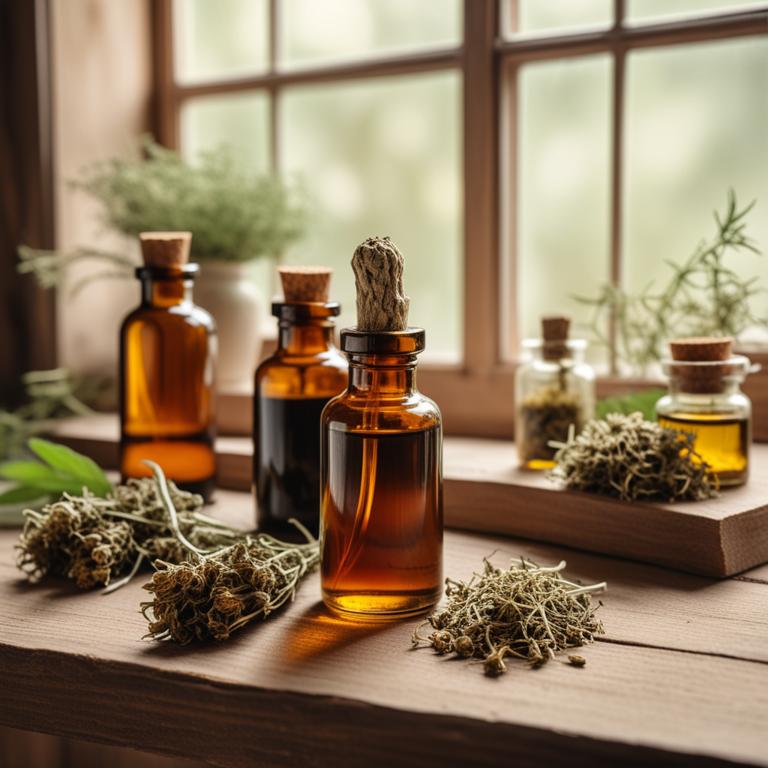
Herbal tinctures for Throat pain are liquid extracts made from plants and herbs, which are used to treat various throat-related issues, such as sore throats, inflammation, and infections.
These tinctures offer numerous benefits, including quick relief from pain, reduction of swelling, and promotion of a healthy immune system.
Some popular herbal tinctures used to treat throat pain include Echinacea, which boosts the immune system and reduces inflammation; Slippery Elm, which soothes and protects the mucous membranes; Throat Coat, a blend of herbs that includes Echinacea, Slippery Elm, and Marshmallow root, which provides comprehensive protection and relief; Licorice root, which has anti-inflammatory properties and helps to reduce pain; Ginger, which has anti-inflammatory and antibacterial properties, making it effective against infections; and Yarrow, which reduces inflammation and promotes healing.
By incorporating these herbal tinctures into your treatment plan, you can experience natural relief from throat pain and promote overall health and well-being.
According to "Journal of alternative and complementary medicine (New York, N.Y.)", tinctures for throat pain, such as those containing demulcent herbs, have been shown to be effective in providing rapid and temporary relief from sore throat pain, as demonstrated by the significant reduction in pain intensity and improvement in total pain relief in patients with pharyngitis who used Throat Coat, a traditional herbal tea.
Below there's a list of the 13 best herbal tinctures for throat pain.
- 1. Echinacea purpurea tinctures
- 2. Ulmus rubra tinctures
- 3. Althaea officinalis tinctures
- 4. Aloe vera tinctures
- 5. Glycyrrhiza glabra tinctures
- 6. Echinacea angustifolia tinctures
- 7. Eucalyptus globulus tinctures
- 8. Salvia officinalis tinctures
- 9. Zingiber officinale tinctures
- 10. Echinacea pallida tinctures
- 11. Curcuma longa tinctures
- 12. Panax ginseng tinctures
- 13. Thymus vulgaris tinctures
Also you may be interested in...
TODAY'S FREE BOUNDLE
Herb Drying Checklist + Herbal Tea Shopping List + Medicinal Herbs Flashcards
Enter you best email address below to receive this bundle (3 product valued $19.95) for FREE + exclusive access to The Aphotecary Letter.
$19.95 -> $0.00
1. Echinacea purpurea tinctures
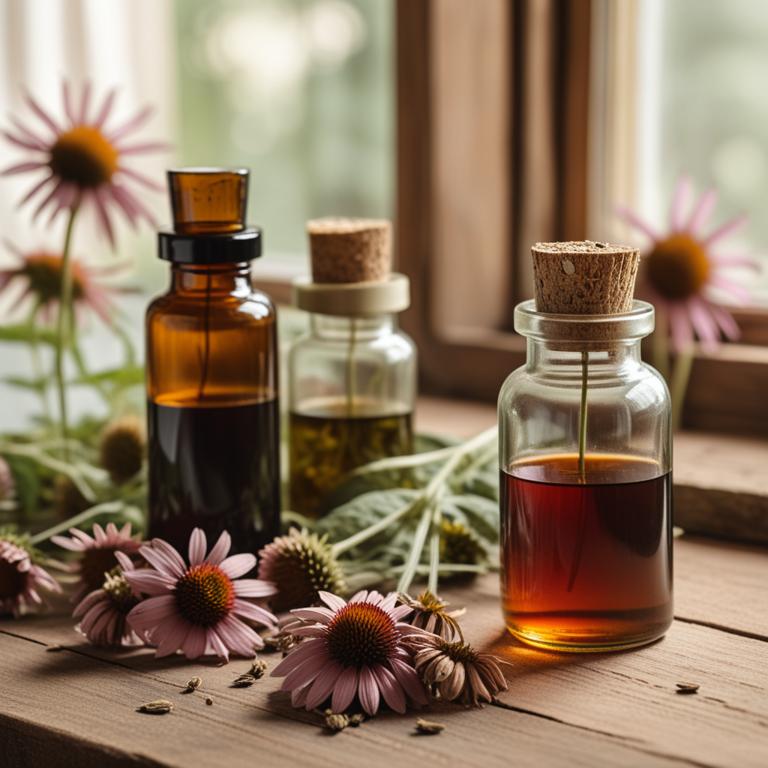
Echinacea purpurea tinctures have been traditionally used to treat throat pain ailments, such as sore throats and tonsillitis, due to their anti-inflammatory and immunomodulatory properties.
The bioactive constituents of Echinacea purpurea, including alkylamides, caffeic acid derivatives, and polysaccharides, help to stimulate the immune system, reduce inflammation, and combat infection in the throat area.
The tincture's ability to enhance the body's natural defenses and reduce the severity of symptoms makes it a popular natural remedy for treating throat pain.
The benefits of using Echinacea purpurea tinctures to treat throat pain include reduced pain and discomfort, faster recovery times, and a lower risk of complications, making it a valuable addition to a treatment plan.
Related Study
According to "Recent patents on biotechnology", Echinacea purpurea tinctures may exhibit potential for adjuvant symptomatic therapy in respiratory conditions, including cough, which may help alleviate throat pain.
2. Ulmus rubra tinctures
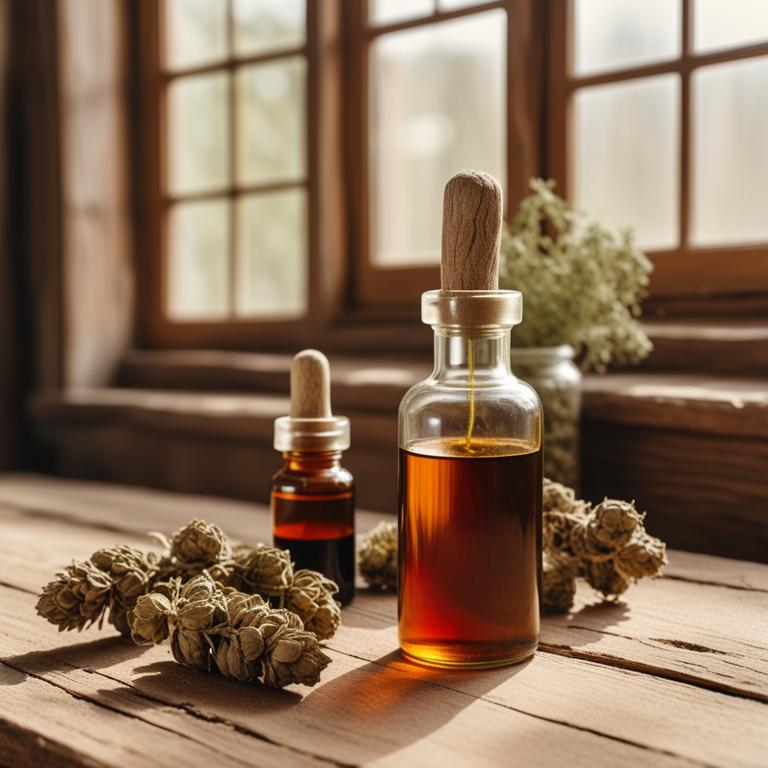
Ulmus rubra tinctures have been traditionally used to treat throat pain due to their anti-inflammatory and antiseptic properties.
This herbal preparation helps to reduce swelling and combat infections in the throat, thereby alleviating pain and discomfort.
The bioactive constituents of Ulmus rubra tinctures, including salicin and phenolic acids, are responsible for its analgesic and anti-inflammatory effects, which help to soothe and calm the throat.
The benefits of using Ulmus rubra tinctures to treat throat pain include reduced inflammation, faster healing, and long-term prevention of recurring infections.
3. Althaea officinalis tinctures
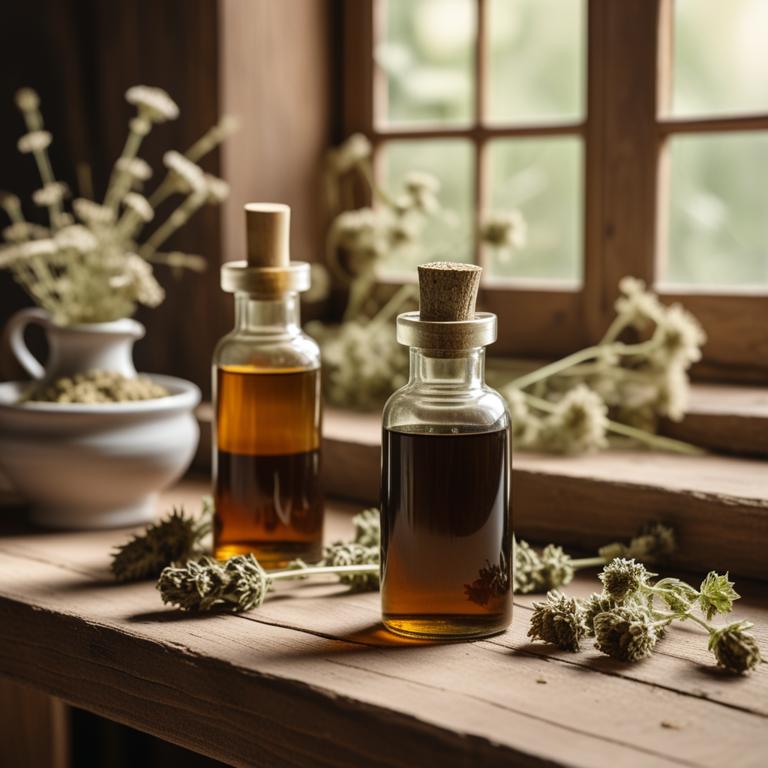
Althaea officinalis tinctures are a herbal remedy used to treat throat pain and inflammation, offering soothing and anti-inflammatory properties that help to reduce discomfort and promote healing.
The mucilages present in Althaea officinalis, such as polysaccharides and glycoproteins, play a key role in protecting the mucous membranes and reducing inflammation in the throat, thereby alleviating pain and swelling.
The bioactive constituents of Althaea officinalis, including flavonoids, phenolic acids, and triterpenoids, contribute to its therapeutic effects by modulating inflammation, antioxidant activity, and antimicrobial properties, which help to combat bacterial and viral infections.
By utilizing Althaea officinalis tinctures, individuals can benefit from a natural and non-invasive approach to treat throat pain, promoting a speedy recovery and alleviating symptoms associated with this ailment.
Related Study
According to "Complementary medicine research", Althaea officinalis tinctures for throat pain may be effective in treating cough and sore throat, particularly when combined with other plant extracts such as Zataria multiflora, Zingiber officinalis, or Helix hedera.
4. Aloe vera tinctures
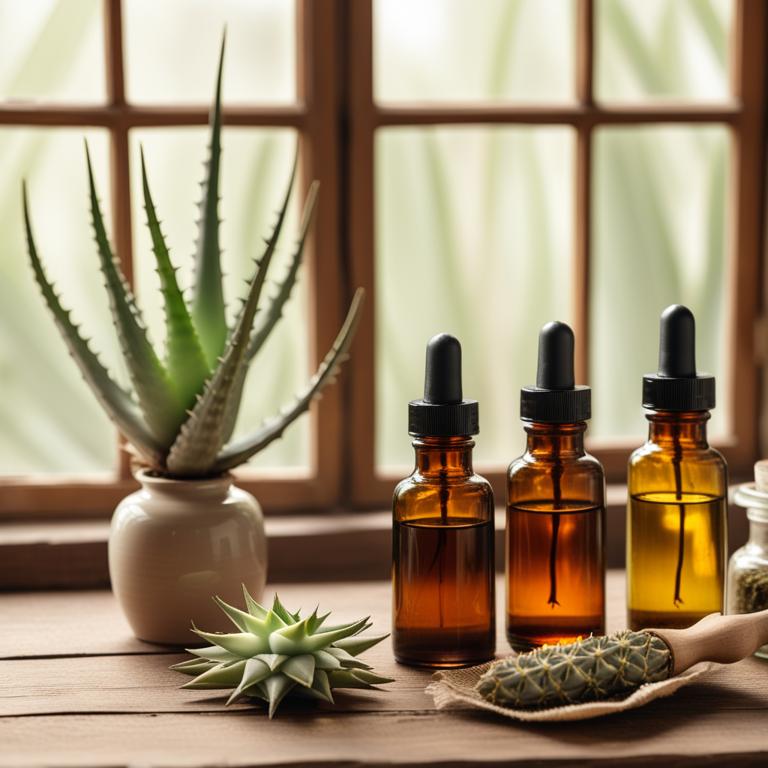
Aloe vera tinctures are a natural and effective herbal preparation used to treat throat pain and discomfort.
The anti-inflammatory and soothing properties of aloe vera help to reduce swelling and irritation in the throat, providing quick relief from pain and discomfort.
The bioactive constituents of aloe vera, including aloin and aloe-emodin, have been shown to possess potent anti-inflammatory and antimicrobial properties that help to combat bacterial and viral infections that can cause throat pain.
By using aloe vera tinctures, individuals can experience the benefits of natural pain relief, reduced inflammation, and a faster recovery time from throat pain and discomfort.
Related Study
According to "Journal of alternative and complementary medicine (New York, N.Y)", Aloe vera tinctures for throat pain are not specifically mentioned in the study, but the study shows that Throat Coat, which contains aloe vera, provided a rapid, temporary relief of sore throat pain in patients with pharyngitis, with significant reductions in pain intensity and improvements in total pain relief compared to a placebo.
5. Glycyrrhiza glabra tinctures
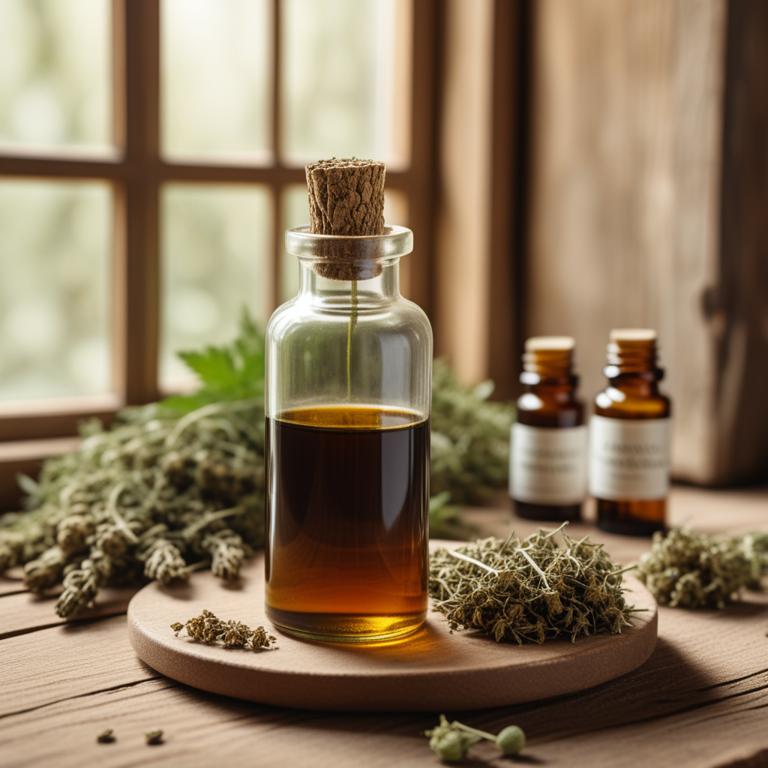
Glycyrrhiza glabra tinctures have been traditionally used to treat throat pain ailments, including sore throats and laryngitis, due to their anti-inflammatory, antimicrobial, and soothing properties.
The bioactive constituents of this herbal preparation, such as glycyrrhizin and flavonoids, help to reduce inflammation and alleviate pain, making it an effective treatment for this condition.
Glycyrrhiza glabra tinctures work by reducing swelling in the throat, soothing irritated tissues, and killing bacteria that can cause infection, thereby providing quick relief from throat pain.
The benefits of using this herbal preparation to treat throat pain ailments include its natural and non-addictive properties, making it a safer alternative to pharmaceutical medications.
Related Study
According to "Journal of the Medical Association of Thailand = Chotmaihet thangphaet", Glycyrrhiza glabra tinctures for throat pain have shown strong antimicrobial activity against S. pyogenes ATCC 19615, S. pneumoniae ATCC 49619 and S. mutans ATCC 25175, with MIC and MBC values of 39 and 78 μg/ml, respectively.
6. Echinacea angustifolia tinctures
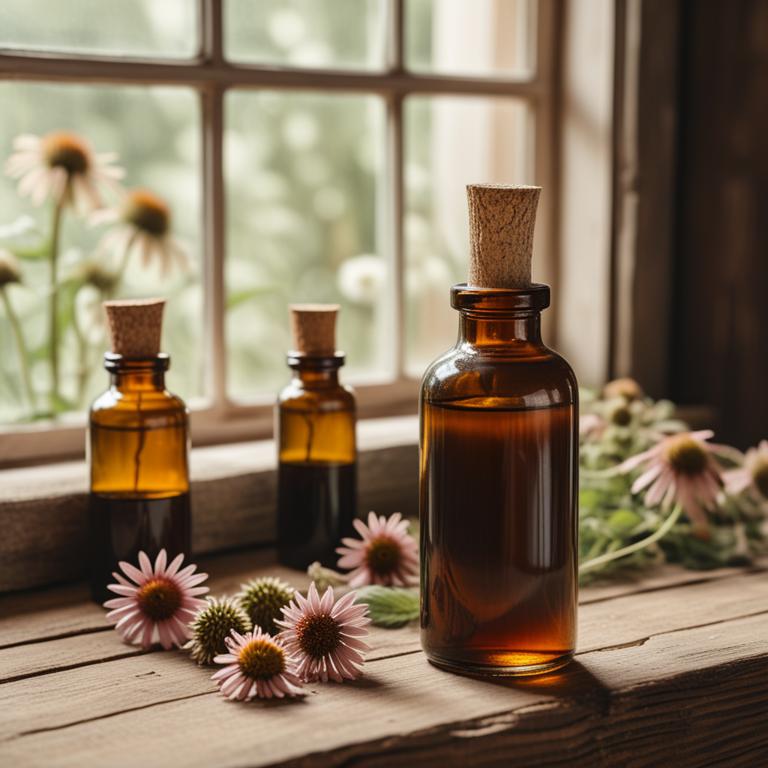
Echinacea angustifolia tinctures are herbal preparations derived from the roots of the narrow-leaved coneflower plant, which have been traditionally used to treat throat pain and other respiratory issues.
The properties of this tincture, including its anti-inflammatory and antimicrobial properties, help to soothe and protect the throat, reducing pain and discomfort.
The bioactive constituents, such as alkylamides and caffeic acid, contribute to its therapeutic effects by reducing inflammation and fighting off infections.
By using Echinacea angustifolia tinctures, individuals can benefit from its natural ability to reduce throat pain and promote overall respiratory health.
Related Study
According to "The Journal of family practice", Echinacea angustifolia tinctures for throat pain may be beneficial for the early treatment of acute upper respiratory infections, such as sore throats, with generally positive results reported in eight out of nine treatment trials.
7. Eucalyptus globulus tinctures
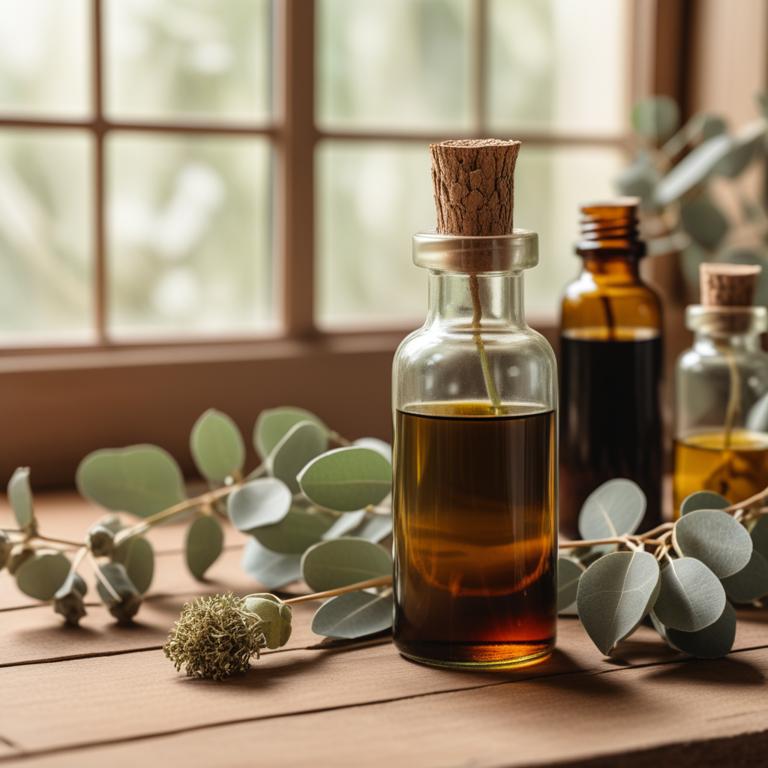
Eucalyptus globulus tinctures have been traditionally used to treat throat pain ailments due to their anti-inflammatory and expectorant properties.
These properties help to reduce swelling and congestion in the throat, thereby alleviating pain and discomfort.
The bioactive constituents, such as eucalyptol and cineole, in Eucalyptus globulus tinctures possess analgesic and antiseptic properties that contribute to their therapeutic effects.
By utilizing these properties, Eucalyptus globulus tinctures can provide fast and effective relief from throat pain, making them a popular natural remedy for this common ailment.
8. Salvia officinalis tinctures
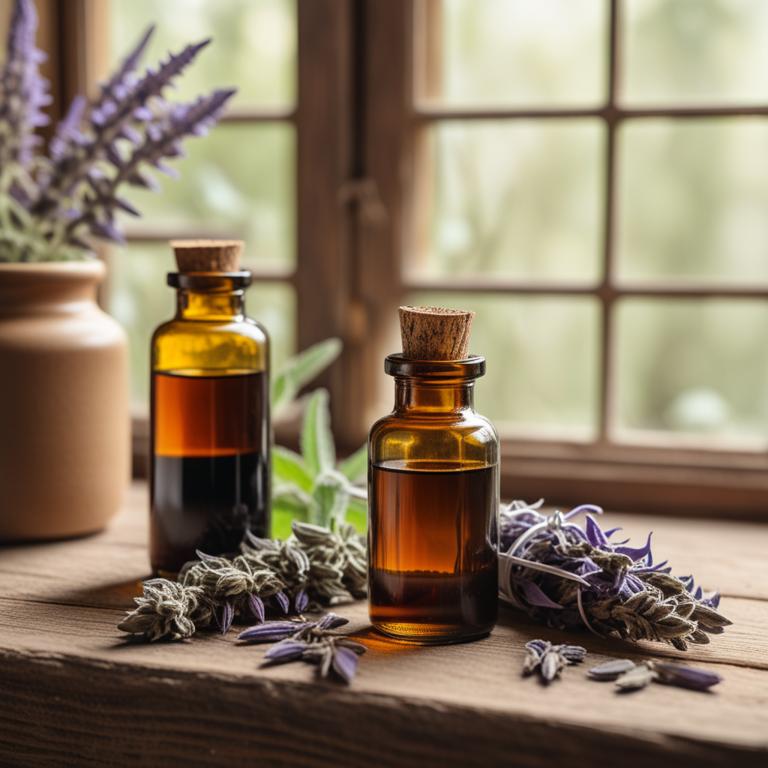
Salvia officinalis tinctures are a herbal preparation that has been traditionally used to treat throat pain and sore throats.
The anti-inflammatory and antimicrobial properties of this tincture help to reduce swelling and prevent infections in the throat, providing relief from pain and discomfort.
The bioactive constituents, including rosmarinic acid and carnosic acid, in Salvia officinalis tinctures have been found to possess antioxidant and anti-inflammatory activities that contribute to their therapeutic effects.
The benefits of using Salvia officinalis tinctures to treat throat pain include reduced inflammation, faster healing, and a decrease in the severity of symptoms, making it a popular natural remedy for this common ailment.
Related Study
According to the European journal of medical research, Salvia officinalis tinctures for throat pain, specifically in the form of a 15% spray, have been shown to be significantly superior to placebo in reducing throat pain intensity in patients with acute viral pharyngitis.
9. Zingiber officinale tinctures

Zingiber officinale tinctures, derived from the rhizome of the ginger plant, have been traditionally used to treat throat pain and related ailments.
The anti-inflammatory and analgesic properties of this herbal preparation help to reduce swelling and alleviate pain in the throat, making it an effective remedy for sore throats.
The bioactive constituents, including gingerols and shogaols, present in Zingiber officinale tinctures, are responsible for its therapeutic effects, as they have potent anti-inflammatory and antioxidant properties that help to soothe and protect the mucous membranes in the throat.
The benefits of using Zingiber officinale tinctures to treat throat pain include rapid relief from discomfort, reduced risk of complications, and a natural alternative to conventional medications, making it a popular choice among herbal remedy enthusiasts.
Related Study
According to "Recent patents on biotechnology", Zingiber officinale tinctures may be used for throat pain as part of adjuvant symptomatic therapy in respiratory conditions, such as cough.
10. Echinacea pallida tinctures
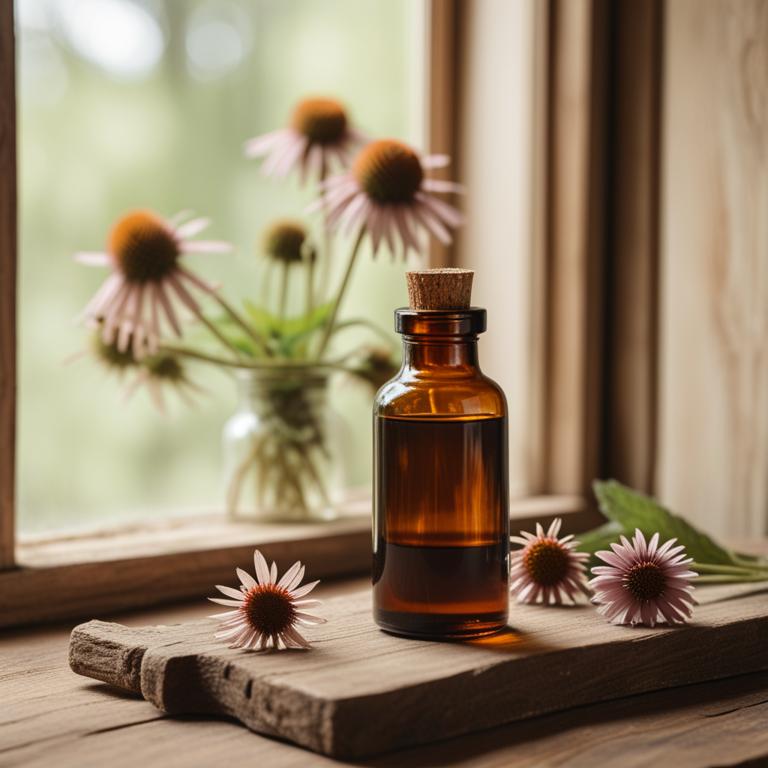
Echinacea pallida tinctures are a popular herbal preparation used to treat throat pain, specifically for ailments such as sore throats and laryngitis.
The properties of this preparation, including its anti-inflammatory and immune-boosting properties, help to reduce inflammation and combat the underlying infection, thereby alleviating the pain and discomfort associated with throat infections.
The bioactive constituents of Echinacea pallida, including alkylamides, glycosides, and phenolic acids, work synergistically to enhance the body's natural defenses and promote the healing of the affected tissues.
Regular use of Echinacea pallida tinctures can provide significant benefits in treating throat pain, including reduced duration of illness, enhanced recovery, and improved overall immune function.
11. Curcuma longa tinctures
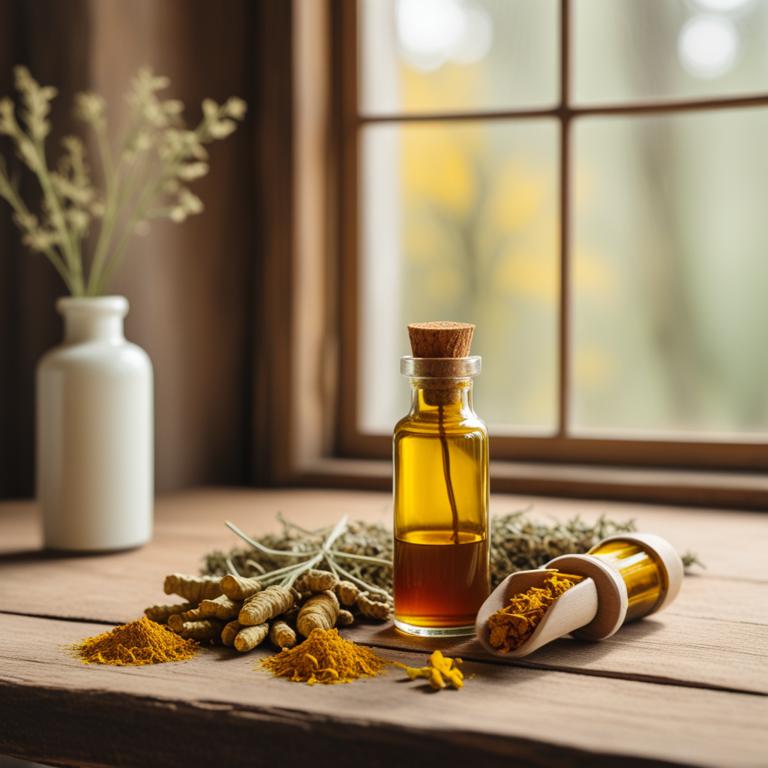
Curcuma longa tinctures, derived from the rhizomes of the turmeric plant, have been traditionally used to treat throat pain ailments due to their anti-inflammatory and antioxidant properties.
These properties help to soothe and calm the inflamed tissues in the throat, reducing pain and discomfort.
The bioactive constituents of Curcuma longa, including curcumin, demethoxycurcumin, and bisdemethoxycurcumin, work together to inhibit the production of pro-inflammatory enzymes and cytokines, thereby reducing inflammation and promoting healing.
By using Curcuma longa tinctures, individuals can experience relief from throat pain and inflammation, as well as other benefits such as reduced swelling and improved immune function.
Related Study
According to "Veterinary research communications", Curcuma longa tinctures for throat pain may not be directly addressed in the study, but based on the information provided, Curcuma longa encapsulation in Ethosome resulted in improved wound healing and comparable wound contracture and pain score, suggesting its potential benefits for pain relief, including throat pain.
12. Panax ginseng tinctures
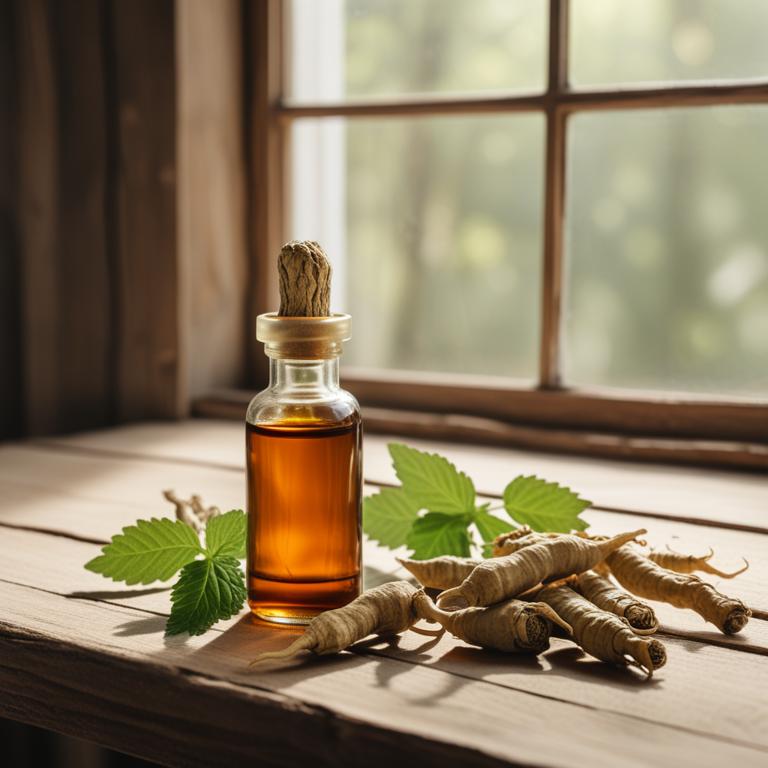
Panax ginseng tinctures have been traditionally used to treat throat pain ailments, such as sore throats and laryngitis, due to their anti-inflammatory and antimicrobial properties.
The bioactive constituents of Panax ginseng, including ginsenosides and polyacetylenes, help to reduce inflammation and fight off infections in the throat, thereby alleviating pain and discomfort.
The benefits of using Panax ginseng tinctures to treat throat pain include reduced inflammation, faster healing of wounds, and a lower risk of complications, making it a popular natural remedy for this condition.
Overall, Panax ginseng tinctures offer a safe and effective way to treat throat pain ailments, providing quick relief and promoting overall health and well-being.
13. Thymus vulgaris tinctures
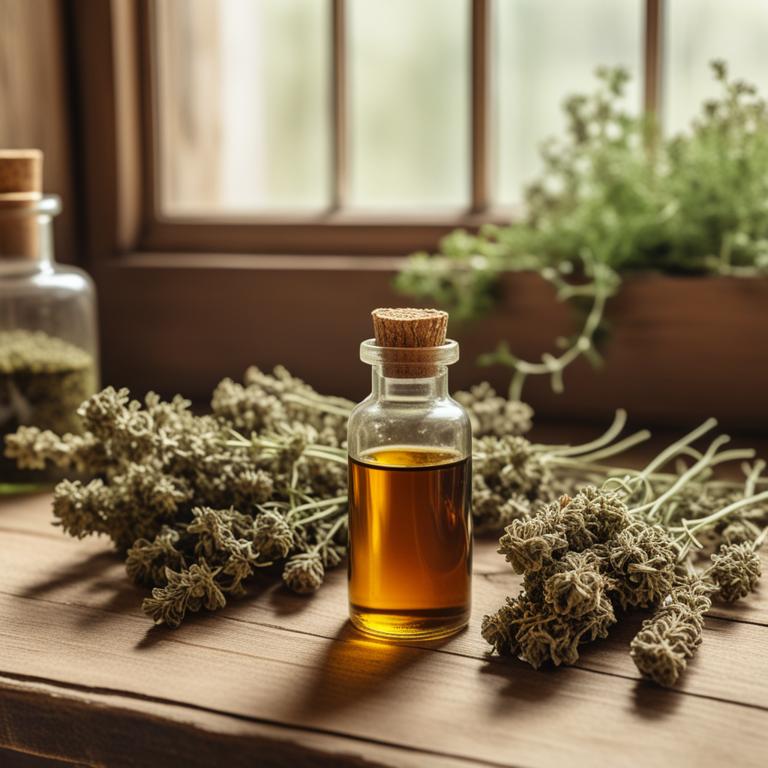
Thymus vulgaris tinctures, derived from the herb thyme, have been traditionally used to treat throat pain ailments due to their soothing and antimicrobial properties.
The bioactive constituents, such as thymol and carvacrol, help to reduce inflammation and combat bacterial and viral infections that cause throat pain.
Thymus vulgaris tinctures work by creating an environment that is not conducive to the growth of pathogens, thereby alleviating throat pain and discomfort.
The benefits of using Thymus vulgaris tinctures to treat throat pain include natural, non-invasive relief from symptoms and the potential to prevent the spread of infections.
Related Study
According to "Ceska a Slovenska farmacie : casopis Ceske farmaceuticke spolecnosti a Slovenske farmaceuticke spolecnosti", Thymus vulgaris tinctures may be used in combination with other medicinal plants, such as Echinacea and American ginseng, to help treat throat pain and upper respiratory tract catarrh by exerting non-specific immunomodulation and antibacterial effects.